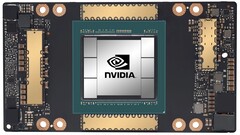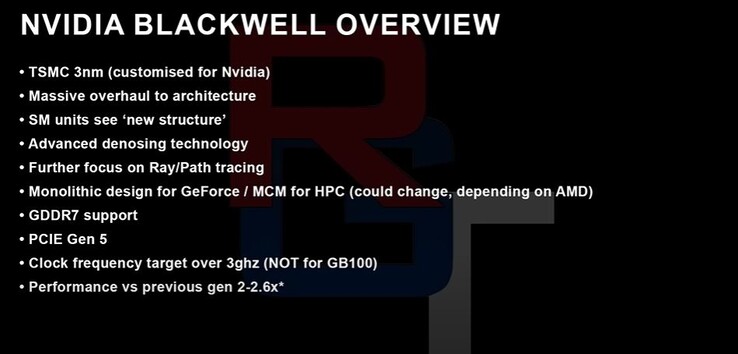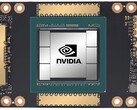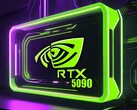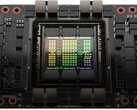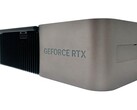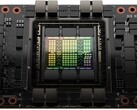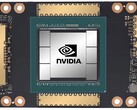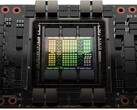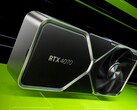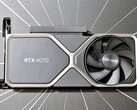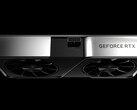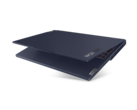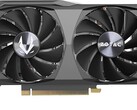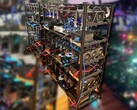In December 2022, we reported that NVIDIA was allegedly testing proof-of-concept RTX 50 “Blackwell” prototypes. The information came to us courtesy of Paul from RedGamingTech who also suggested that the RTX 50 GPUs would feature Multi-Chip Modules (MCM) and use a brand new Streaming Multiprocessor (SM) design. The leaker has now shared some further information regarding NVIDIA’s RDNA 4-rival in a recent video.
According to Paul, the consumer GeForce RTX 50 GPUs will employ a monolithic die while the highest-end HPC server SKUs could use MCM. The leaker alleges that, per one of his sources, NVIDIA is confident it can compete “favorably” with RDNA 4 with a traditional monolithic die. So, RTX 50 GPUs like the GB102 and lower-powered variants will reportedly be monolithic while the server chips like the GB100 will use MCM.
Paul also claimed that the RTX 50 will be based on TSMC’s 3 nm process that has allegedly been customized for Team Green. The new architecture presumably represents a “massive overhaul” with changes like revamped SMs with a “new structure” and hyperspeed bus interlinks between different SMs, advanced denoising technology, and an increased focus on Ray tracing/Path tracing performance.
Furthermore, the leaker maintains that RTX 50 Blackwell GPUs will have GDDR7 memory, support PCIe Gen 5, and boast a clock frequency of more than 3 GHz for the gaming models.
According to the leaker, early specification targets for the GB102 gaming GPU include 144 SMs, a 382-bit wide bus, GDDR7 memory, support for PCIe Gen 5 x16, and 96 MB of L2 cache. As a comparison, the RTX 4090 has the same bus width, an SM count of 128, and features 72 MB of L2 cache.
The server GB100 will reportedly be even more decked out with 256 SMs, a 512-bit wide bus, HBM3 memory, and 128 MB of L2 cache.
Finally, when it comes to performance, the RTX 50 GPUs could be anywhere from 2 to 2.6 times more performant than the RTX 40 boards. Considering how the fastest RDNA 3 board, the RX 7900 XTX, is significantly slower than the RTX 4090, RDNA 4 will need to pack a massive performance upgrade in order to compete with the RTX 50 if these reports are accurate.
As always, unconfirmed rumors of graphics hardware that is far away should always be taken with a giant grain of salt, as GPU specifications can change quite rapidly.




